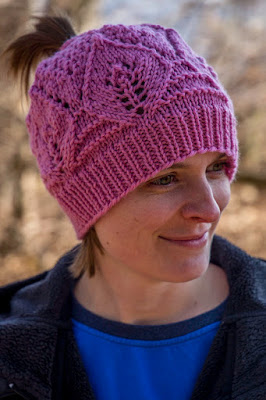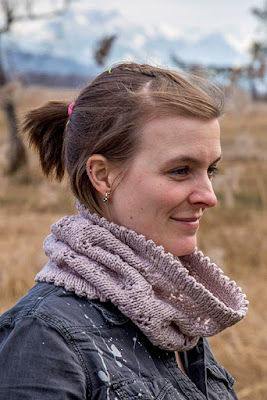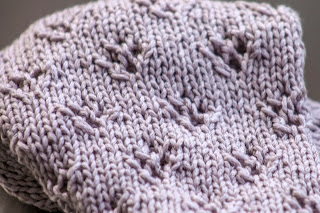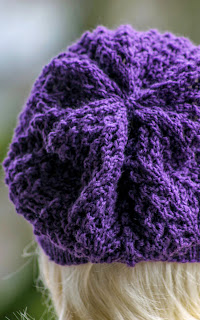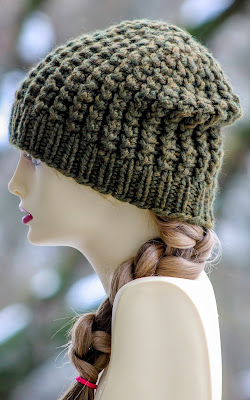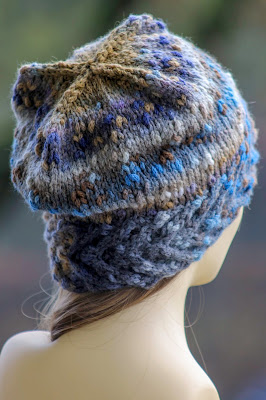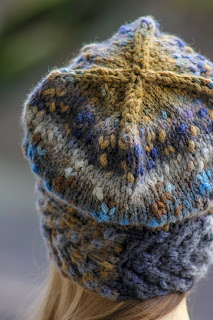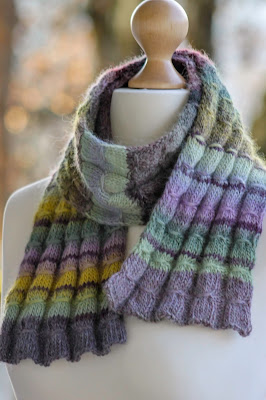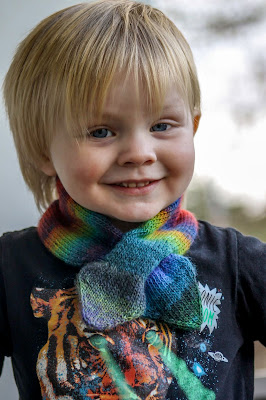 |
| A is for Ascot - toddler size |
Oh man, this is a project that I finished quite some time ago, but then I couldn't photograph and post it because my wild third child didn't want to get in front of the camera to model. And, of course, as soon as I FINALLY snapped these pics he also let me cut his hair, which makes him look like less of a goober than he does in these photos. However, his gooberness aside - this is a fun cowl/scarf project that's perfect for a kid who keeps losing his or her scarfs (since there's a slit in one end and the other end tucks in!). It will also, adorably, make your child look ever-so-slightly like a sailor. :)
Sizes: Toddler (Child)
Yarn: Lang Yarns Mille Colori Baby (100% Virgin Wool; 208 yards [190 meters]/50 grams); #0050 - one skein (one to two skeins)
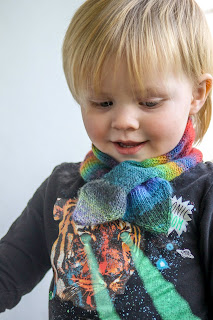 |
| Could I have put him in a less colorful shirt? Probably, but then he would have been screaming. |
Notions: Tapestry needle
Gauge: 27 stitches = 4 inches in stockinette on size US 4 needles
And now that we've gotten that taken care of, let's make an ascot! First, then, using your size 5 needle, cast on 40 (48) stitches provisionally. Transfer to 3 of your size 4 dpns, distributing the stitches as follows: 20 stitches on your first needle, 10 stitches on your second needle, and 10 on your third (24 on your first; 12 on your second, 12 on your third). Join in round. Knit in stockinette until piece measures roughly 6" (7"), at which point we'll knit one decrease row, as follows. Notice that the rows are different for the two different sizes.
Decrease Row - toddler size: [(ssk, k1) three times, k2, (k1, k2tog) three times] twice (28 stitches)
Decrease Row - child size: [(ssk, k1) three times, k6, (k1, k2tog) three times] twice (36 stitches)





